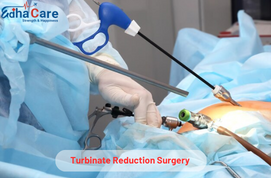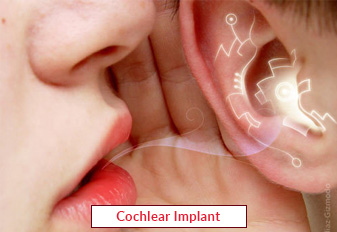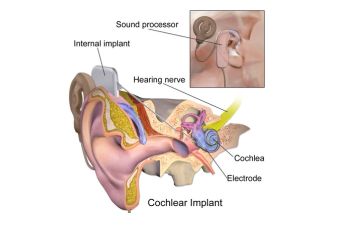Turbinate Reduction Surgery

Turbinate reduction is a kind of procedure that is performed by ear, nose, and throat (ENT) specialists to enhance the airflow in people with chronic nasal congestion. This procedure is also known as nasal turbinate reduction and inferior turbinate reduction. Additionally, it may be performed alone or in combination with other treatments, such as septoplasty or rhinoplasty. The overall success rate for turbinate reduction is about 82%.
Book an AppointmentAbout Turbinate Reduction Surgery
Turbinate reduction is a very common surgical procedure. It may be performed alone or in combination with other treatments, such as septoplasty or rhinoplasty. This surgery removes excess tissue around your turbinate bones so you can breathe easier. Turbinates are tiny structures inside of your nose. They cleanse, heat, and humidify air as it passes through your nasal cavity and into your lungs. People who have turbinate reduction may experience discomfort for a few days, but it’s usually minimal. Generally there is no pain on the recovery process, no change on the physical aspect and no long-term side effects, such as loss on olfactory perception.
Procedure of Turbinate Reduction Surgery
Turbinate reduction surgery can be performed as a same-day procedure either in a hospital, ambulatory surgical center or an outpatient clinic. The procedure involves the following steps:
Cauterization: A heated probe is placed inside of your nose to close off some of the blood vessels in your turbinates. This results in reduced blood flow, which shrinks your turbinate tissues.
Radiofrequency turbinate reduction: A long, thin probe applies heat energy to your inflamed turbinates using radiofrequency ablation, producing scar tissue. Your turbinate tissues shrink as a result.
Coblation: Similar to radiofrequency reduction, turbinate tissue shrinkage occurs through coblation, which employs heat energy. To preserve the surrounding tissues, this technique, however, use a lower temperature.
Microdebrider submucosal resection: Your physician makes a small incision in your turbinate during this treatment. Through that incision, they remove tissue, but they do not remove the outer lining. Your turbinates diminish as you heal.
Partial resection: This procedure involves removing a small piece of your turbinate. Unlike the methods outlined above, partial resection removes both soft and hard tissue.
Require Assistance?
Get A Quick Callback From Our Healthcare Experts






